The Algarve, located in the southern part of Portugal, is well-known to sun-seekers. Pleasant temperatures and beautiful surroundings ensure crowded beaches. However, besides beach relaxation, the region also offers magnificent hiking opportunities. Via Algarviana winds its way through the Algarve in fourteen stages, allowing you to savor tranquility, expansive vistas, and the scents of herbs and trees along the way. Are you ready to explore the other, quieter side of this region?
You won't encounter popular beach resorts like Faro and Albufeira on this journey, but you will have the chance to explore serene villages, where you can unwind after a day of hiking. You'll get to discover local crafts and culinary delights, and along the way, you'll stay in small-scale accommodations. And as for your luggage? It will be transported for you. This is what Portugal walking holidays are all about. Vamos lá!



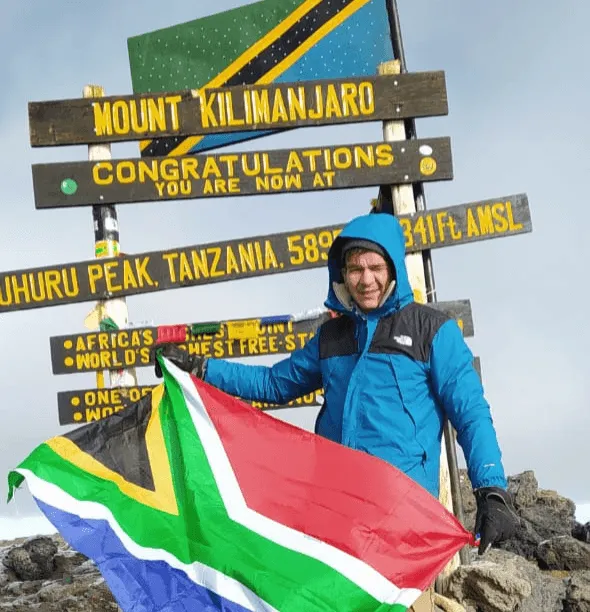
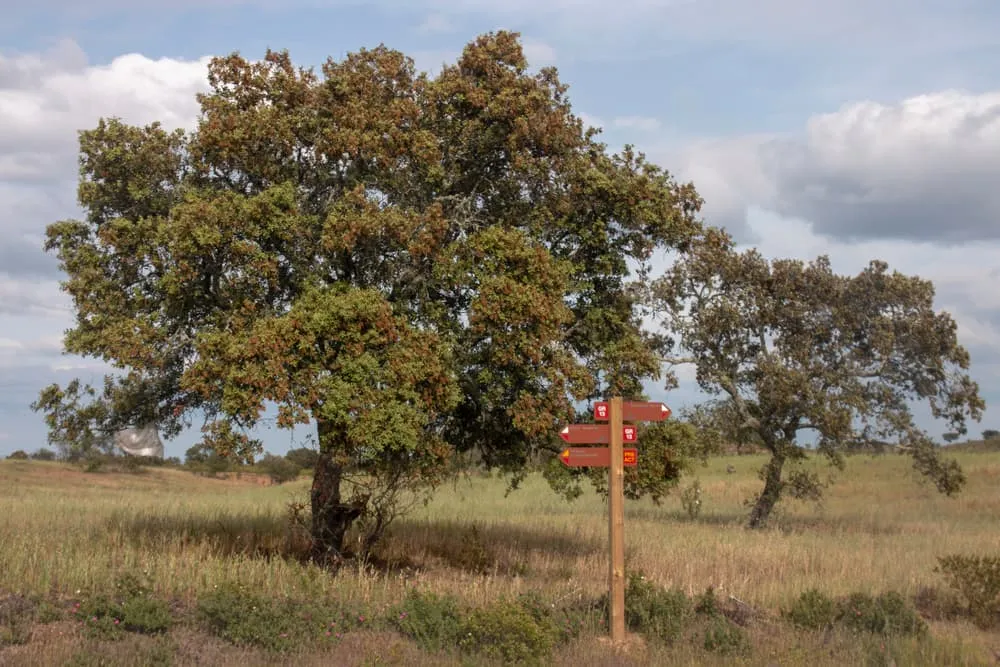
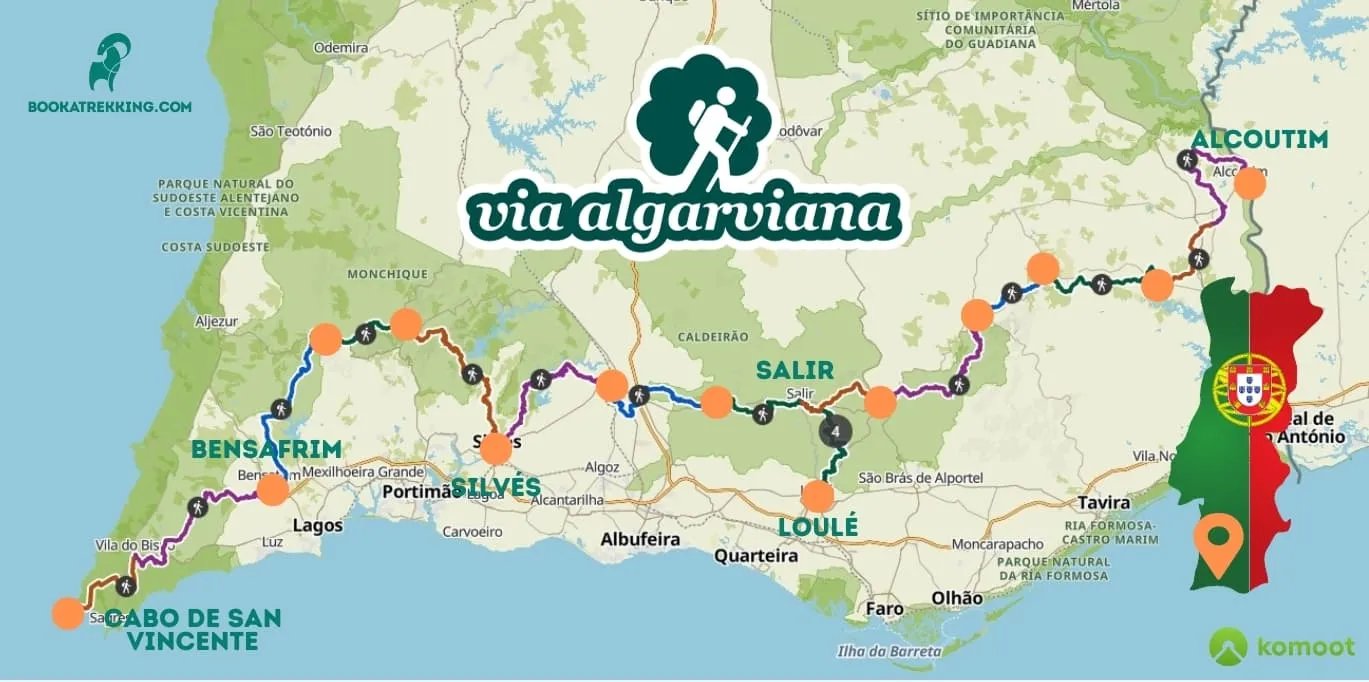
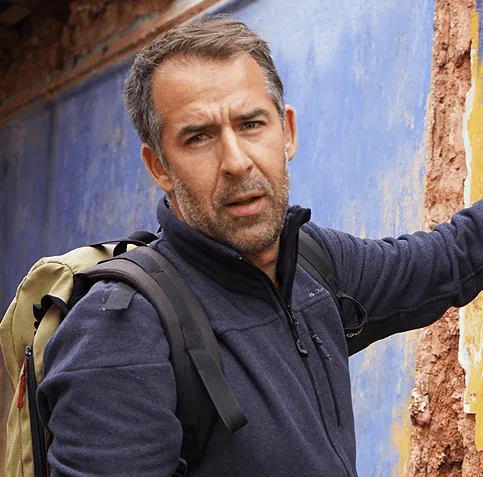
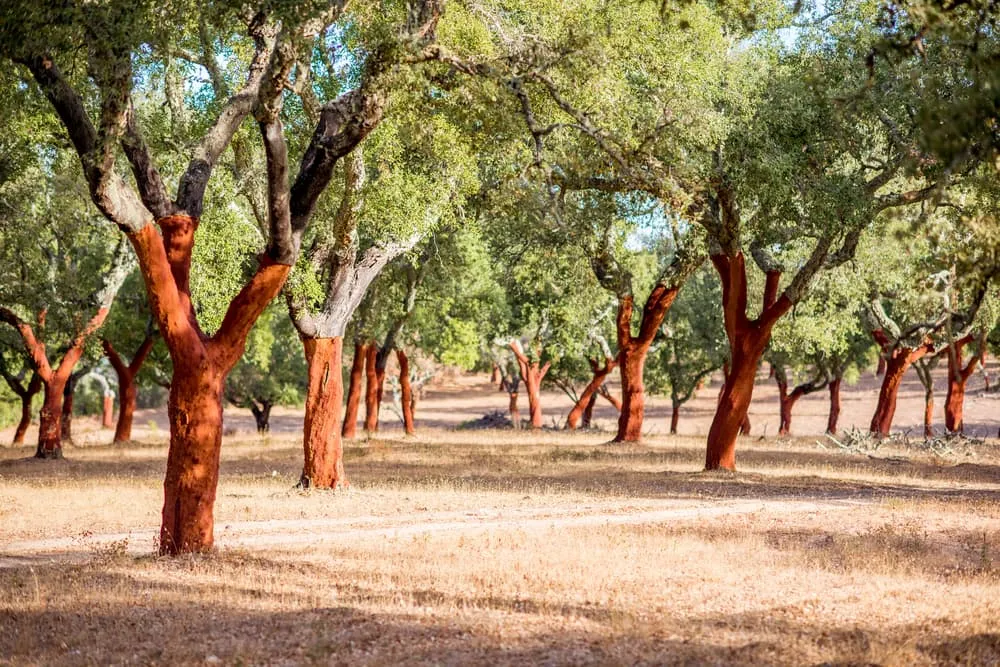
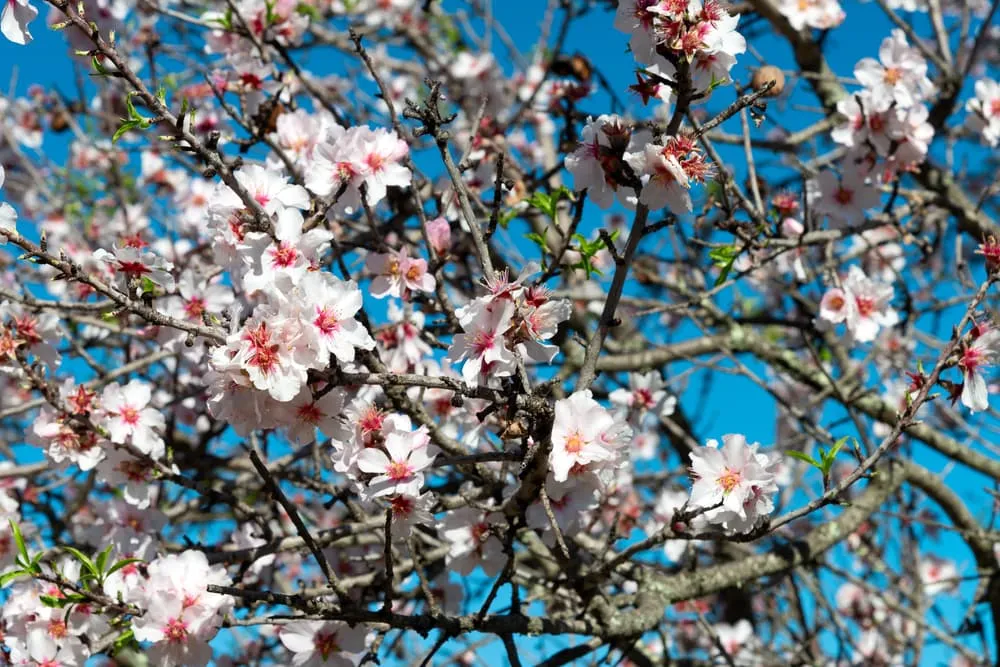
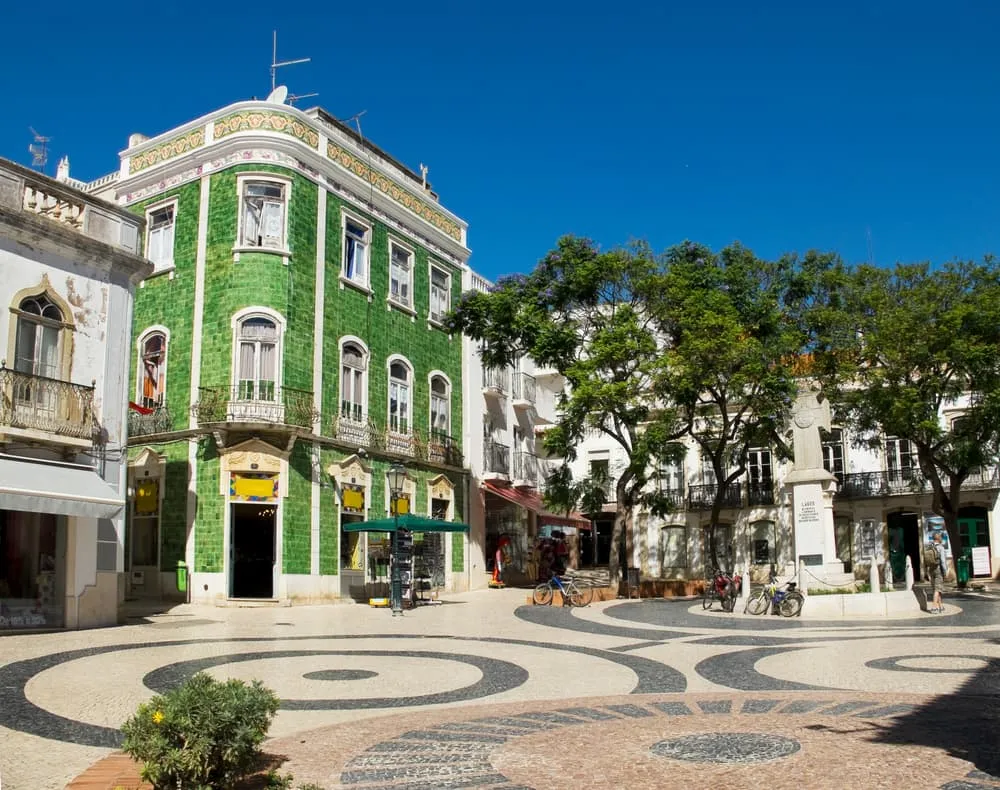
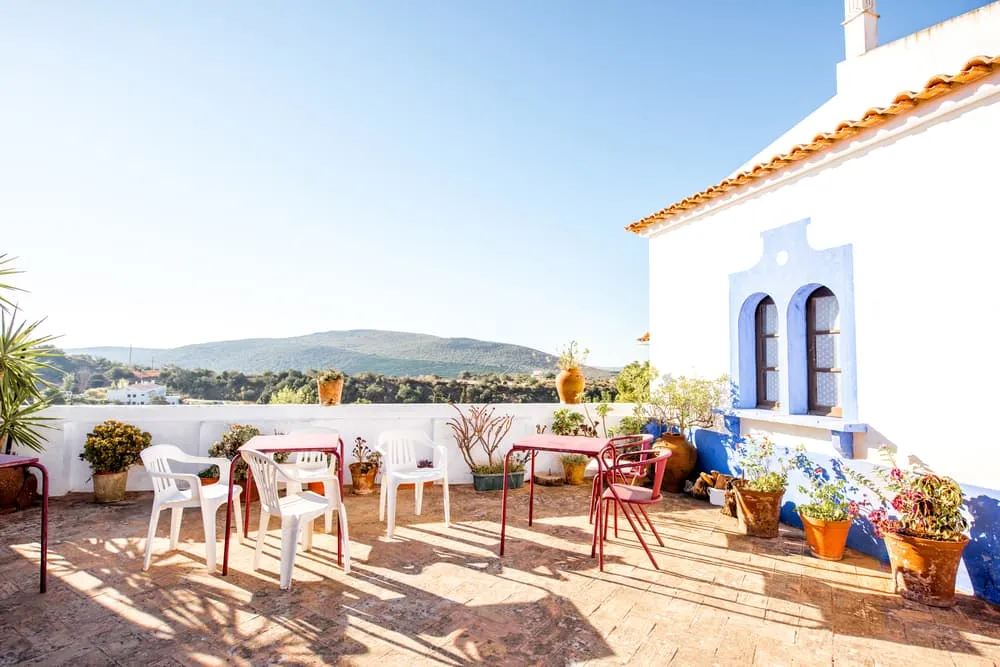
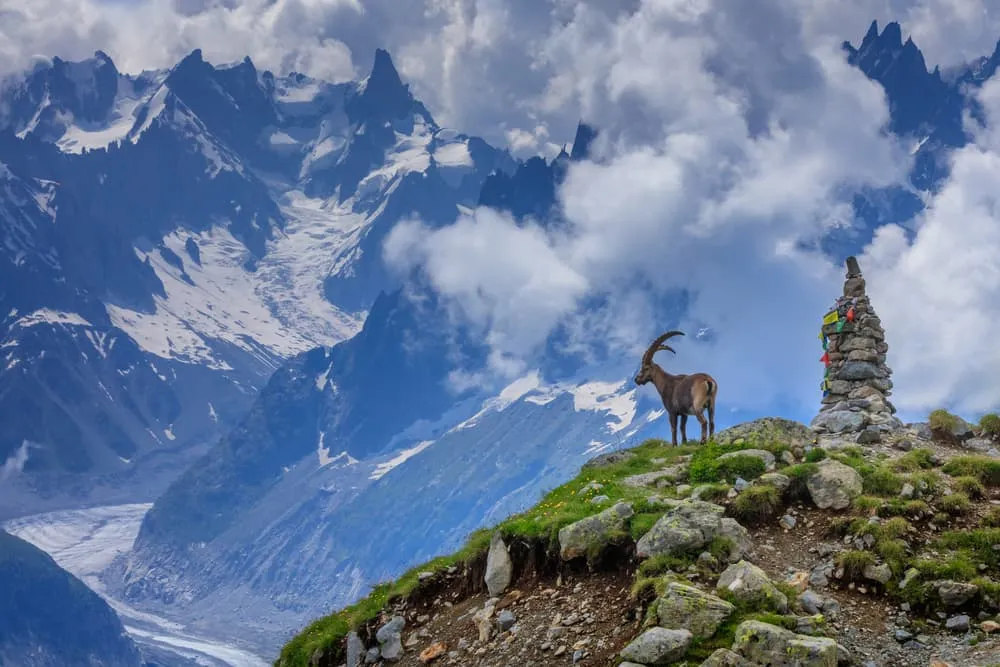
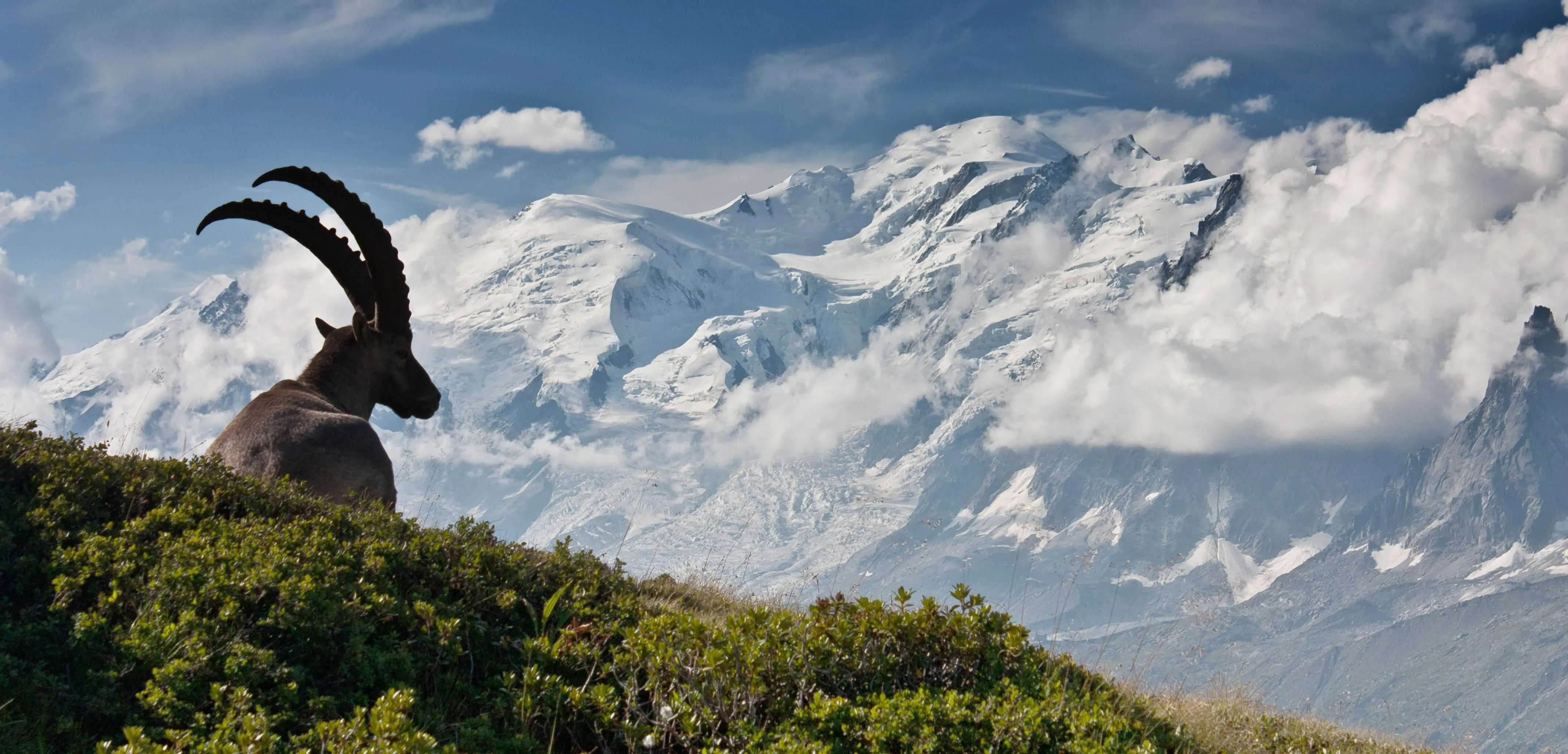
Comments